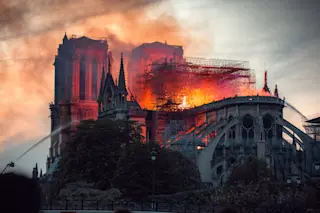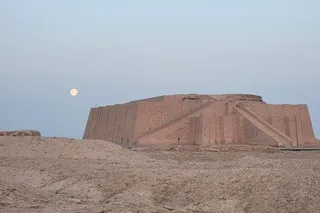The Tartarian Empire was a region in Asia, also known as Tartary, according to Western Europeans and Russians. This area included Siberia and parts of central Asia, including Mongolia and stretching as far south as Afghanistan. Because such an empire is not mentioned in history books, conspiracy theorists claim it has been intentionally erased.
Most of the empire was supposedly lost in a series of mudslides, typically referred to as “mud floods.” The conspiracy is that the empire was intentionally erased, and history was rewritten to make buildings seem younger and more modern.
Notre-Dame de Paris is one landmark that conspiracy theorists believe was created by Tartars, not French craftsmen in the 1100s.
In 2019, many people watched in horror as black smoke poured out of Notre-Dame de Paris, the 12th-century Roman Catholic cathedral. An orange blaze spread across the roof, and it seemed the historic building might be lost.
...















